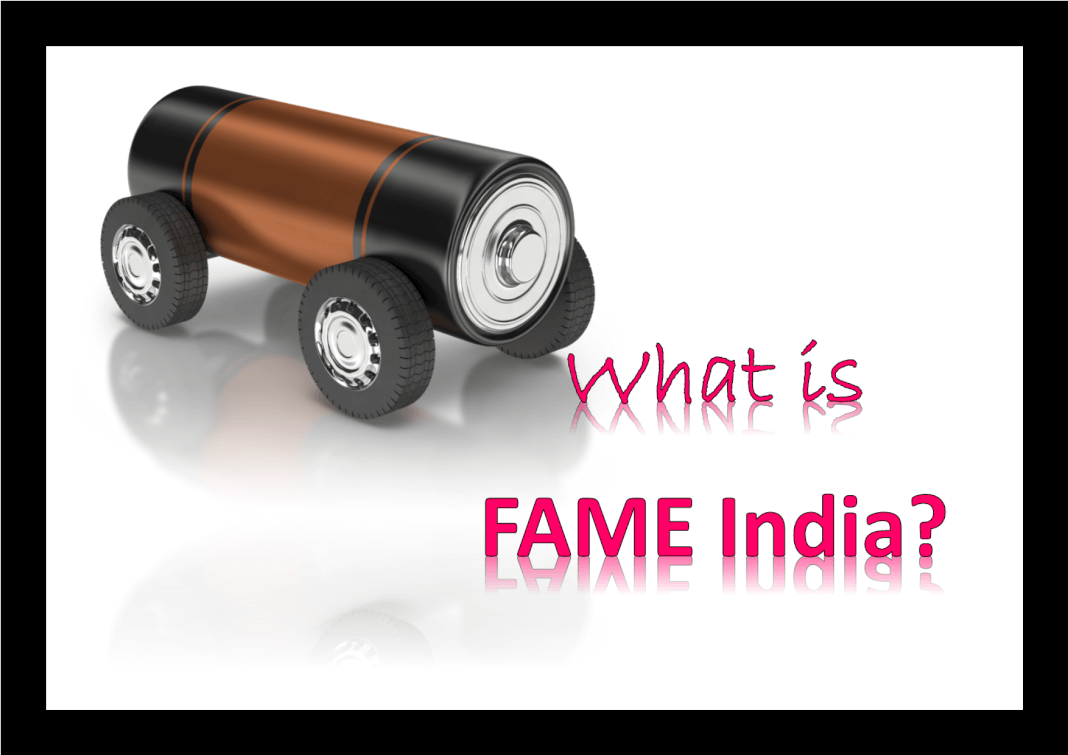E-Scooters: The Tale Of Accusations And Subsidies Under The FAME Scheme!
Few years back, the government introduced the Rs 10,000-crore FAME II initiative to encourage electric vehicles, particularly those used for public transport.

The government has decided to disburse over Rs 500 crore of subsidies under the FAME (Faster Adoption and Manufacturing of (Hybrid &) Electric Vehicles in India) II plan to four businesses — Ola Electric, Ather, TVS, and Hero MotoCorp — in exchange for electric two-wheeler makers agreeing to reimburse customers for chargers.

The Ministry of heavy industries is expected to award Ola with the largest sum—roughly Rs 370 crore—followed by Ather, which would receive about Rs 275 crore. According to government sources, Hero MotoCorp‘s subsidy debt would be cleared for between Rs 28 and Rs 30 crore, while TVS is predicted to receive upwards of Rs 150 crore.
Once the corporations provide information about the repayments they paid, which totals Rs 288 crore, the remaining funds would be disbursed, according to the sources.
Ather has the most reimbursements to pay, around Rs 140 crore to 95,000 customers of the Ather 450X electric two-wheeler model. Similarly, before the government releases the cash, Ola must pay around 130 crores to almost 1 lakh Ola S1Pro customers.
Few years back, the government introduced the Rs 10,000-crore FAME II initiative to encourage electric vehicles, particularly those used for public transport.
The system, however, ran into difficulties when payments to the corporations were delayed due to complaints. The Ministry expects to settle invoices of Rs 5,000 crore this fiscal year.
Subsidy payments had previously terminated when the Ministry was alerted of the misappropriation of government funds.

What’s the problem?
Almost all electric two-wheeler manufacturers, from old-timers like Hero Electric and Okinawa to newcomers like Ather Energy and Ola Electric, have come under fire for collecting government subsidies while allegedly violating the terms of the Rs 10,000 crore plan. The issues have been twofold: the usage of locally produced components and product price.
Whistleblower allegations.
Around late 2021, when the EV sector looked significantly different with fewer participants, a whistleblower claimed that the top two electric two-wheeler companies were not adhering to the localisation criteria – a critical need for claiming FAME subsidies.
What were the complaints?
These businesses were accused of importing Chinese electric scooters or components and misrepresenting them as Indian-made. Essentially, Indian taxpayer funds were allegedly being utilised to finance Chinese production. Following a government probe, notifications were issued, and subsidies for Hero Electric, Okinawa, and others were halted. As a result, the market has changed swiftly.
What has changed?
Ola Electric, TVS Motors, and Ather Energy have been topping the sales rankings since December of last year. Then there were new accusations, this time levelled at the new market leaders. Ather Energy, Ola Electric, TVS Motor, and a relatively new entry in the electric two-wheeler industry, Hero MotoCorp, were all accused of unfairly maintaining their scooter pricing below the FAME subsidy level. They were accused of paying car chargers and software separately in order to keep the price of the EV under Rs 1.5 lakh, over which they are ineligible for the incentive.

How it unfolded?
Because the prior claim was true, the government was obligated to respond quickly this time. Companies were summoned, and several meetings were held between the Ministry of Heavy Industries, which oversees the FAME initiative, and corporate leaders.
Electric two-wheeler sales fell 23% in April compared to March. According to industry analysts, the drop in sales was caused in part by the delay in the disbursement of the FAME subsidy, since some firms have been investigated for either mispricing or incorrectly claiming subsidies.
Some manufacturers’ production, and hence their sales, were hindered by a delay in obtaining their cars approved for new safety standards. The good news is that the federal investigations are almost certainly coming to an end. So far, several enterprises have received a clean bill of health, and the government has distributed FAME subsidies to them.
Proofread & Published By Naveenika Chauhan




